I’ve been visiting Charleston regularly since the late 70s, back when it was mainly known as the home of Rhett Butler, Fort Sumter, Charleston Harbor, the fabled Battery and perhaps the country’s highest concentration of magnolias and plantations. I have watched as this small Southern city has gained unimaginable sizzle—voted the top domestic destination by Travel & Leisure readers for 17 years in a row. The city is now known as a foodie destination, thanks to innovative restaurants like Husk and FIG, and the Southern charm is boundless—evident in its architecture, cobble-stone streets, azalea bushes and palm trees, and, most importantly, in the easy, embracing warmth of its citizens.
Every year, NextTribe takes a small group of women to the #1 destination in the U.S. Check out the details of our March trip here. To find out even more, join our Virtual Tour on Monday, Jan. 22nd. RSVP for the Virtual Tour here.
The essence of the city can be found downtown, specifically in the Charleston Historic District. There is much to do in the outlying areas such as Mt. Pleasant, Sullivan’s Island, John’s Island and Folly Beach (including a visit to Boone Hall Plantation, Middleton Place or the magnificent Angel Oak tree). However, you can fill days just by sticking to the basic parameters where much of the action since Colonial times and during the Civil War took place.
Where is the Charleston Historic District?
The Charleston Historic District is a designated national landmark that encompasses some 770 acres of picturesque, walkable streets. The northern boundary officially includes Radcliffe Street and the upper sections of King Street and Meeting Street. Unofficially, it comprises most all of the blocks below Highway 17 on the north. The other three sides are bounded by water: The Ashley River to the West, the Cooper River to the East and the famous Charleston Bay on the southern end.
The area is home to over 1,400 historic structures, with an unparalleled collection of 18th and 19th-century architecture. Built of brick, stucco, or clapboard, many of these structures are Charleston “single houses,” one room wide, with a gable end to the street and tiered piazzas. Architectural styles include Georgian, Regency, Federal, Adamesque, Classical Revival, Greek Revival, Italianate, Gothic Revival, and Queen Anne. The district also contains many outbuildings (stables, carriage houses, kitchen buildings), many of which have been extensively altered to accommodate modern needs.
Read More: How Strangers Became Friends on Our Charleston Getaway
What Neighborhoods are Part of the Charleston Historic District?

Historic Downtown Charleston is made up of five distinct neighborhoods:
The Business District isalso called the Shopping District or Fashion District and generally runs along King and Meeting Streets. This is where you’ll find the best collection of retail shops—anything from nationally known chains (which most NextTribers who visit the city with us aren’t that interested in) and lovely boutiques that reflect the character of the city. Now that’s the kind of shopping we like.
The French Quarter is just to the east of the Business District, bordered by the Cooper River. The name comes from the many French Huguenots that settled in the area, beginning in 1680. This neighborhood is famous for historic churches, art galleries, restaurants, and Waterfront Park.
South of Broad is where you’ll find the highest concentration of the famous “single houses” and the most mouth-watering architectural details and gardens.
Harleston Village encompasses the College of Charleston and the Medical University of South Carolina. This is a vibrant area of downtown with parks, cafes, boutiques and bars, but usually flies under the tourist radar, which makes it particularly inviting.
South of Broad is a pricey, almost purely residential area that is exactly as the name indicates south of Broad Street. This is where you’ll find the highest concentration of the famous “single houses” and the most mouth-watering architectural details and gardens. The highly photographed Rainbow Row (a group of houses painted in a sumptuous range of pastels) is on East Bay Street, overlooking Charleston Bay. Every spring, a few homes are opened up for a House and Garden Tour and the chance to soak in the whole package—exteriors, interiors, outbuildings—is priceless. The area is criss-crossed by tiny alley ways that max out on the charm meter.
The Boroughs is actually made up of four small neighborhoods, including Radcliffeborough, Ansonborough and Mazyck-Wraggborough. These hold plenty of appeal, but the borough that is most visitors are interested in is Cannonborough/Elliotborough. These were originally considered two separate boroughs, but are now regarded as one. Think of this borough as the Brooklyn to the other neighborhoods’ Manhattan. Just slightly off the main tourist areas (and thus, having cheaper rents), Cannonborough/Elliotborough has been fertile ground for hipsters and creatives to develop unique restaurants (such as The Grocery) and shops (such as Rogue Wave). The main drags here are Spring and Cannon streets, also referred to as “Midtown.”
What do in the Charleston Historic District
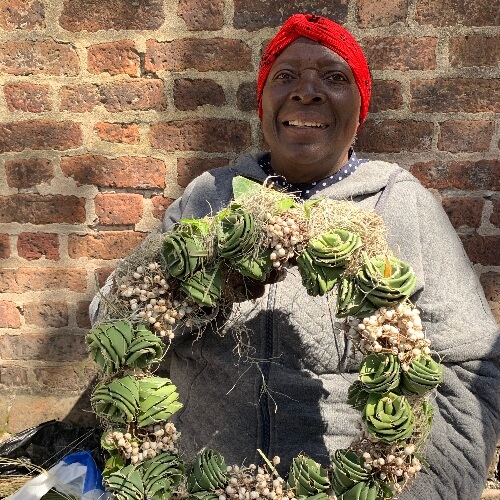
1. Visit the Historic Charleston City Market
Since the early 1800s, the Charleston City Market has been a center of commerce, and with its recent renovation (2011), it’s never looked so good. The main section of the market, the Great Hall, was enclosed and got a skylight and an airier, more elegant layout. This upgrade, plus new shops, allows the market to shed its former image as a tourist trap. The Historic Charleston Foundation offers all things Charleston—including ornaments shaped like favorite downtown buildings ($20). Check out the Charleston Hat Man and the Charleston Shoe Company, which features shoes with wide but stylish elastic bands that feel as good as they look (starting at $100 a pair). For a recharge, sip a macchiato from the gourmet grocery/cafe, Caviar & Bananas.
2. Join the Best Charleston Walking Tour
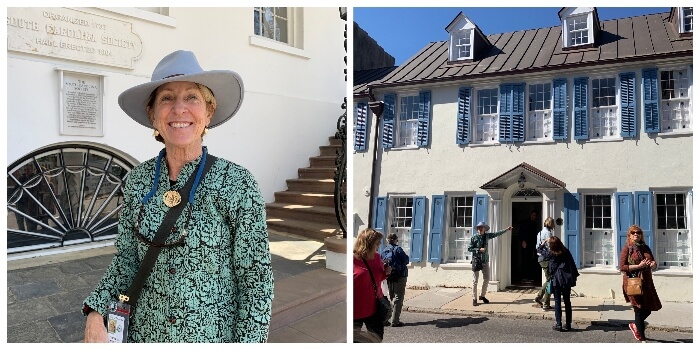
And not just any walking tour. The first thing we do on a NextTribe visit to Charleston is meet up with Therese Smythe of Two Sisters Tours. Therese, who is in partnership with her sister Mary Helen Dantzler, is a hilarious retired attorney who knows every nook and cranny of the historic section because her family had lived there for generations. “Therese was bursting with information—facts, stories, anecdotes tumbling forth—as she led us through the streets and alleys of her hometown,” says Eve Glasberg, who visited Charleston with NextTribe. “Her love for its gorgeous gardens, colorful houses and cobblestones abundantly clear.”
Therese can add plenty of color and immediacy since she seems to know everyone who passes.
Therese can add plenty of color and immediacy since she seems to know everyone who passes. “Oh that’s the mayor. I’ll hear about this later,” she might say, then fill us in on the scuttlebutt about the mayor’s tenure or something intriguing about his personal life. On one of our walking tours with her, her husband rode by on a bike, and she waved with a casual, “Hello, George. Heading home?—a line we all parroted.
With her connections, you might even get a special treat, like we did on our first Charleston trip. “One of the highlights of the tour,” says Glasberg, “was when we were standing across the street from a beautiful two-story white house with blue-shuttered windows and the owners suddenly materialized and invited us inside.”
3. See the District on Two Wheels
So many enchanting streets, so little time. If you don’t do a walking tour, or even if you do, you’ll love spending time on two wheels—the better to soak up all the city’s marvels. Rent beach cruisers from The Bicycle Shoppe, where you can also pick up route suggestions. Fortunately, the South of Broad neighborhood, with its eye candy, is where traffic is lightest. The narrow, shady streets open up to the battery on the southern tip of the peninsula. Catch your breath (then lose it again taking in the view of the harbor) at White Point Garden.
4. Explore the City’s Roof Top Bars
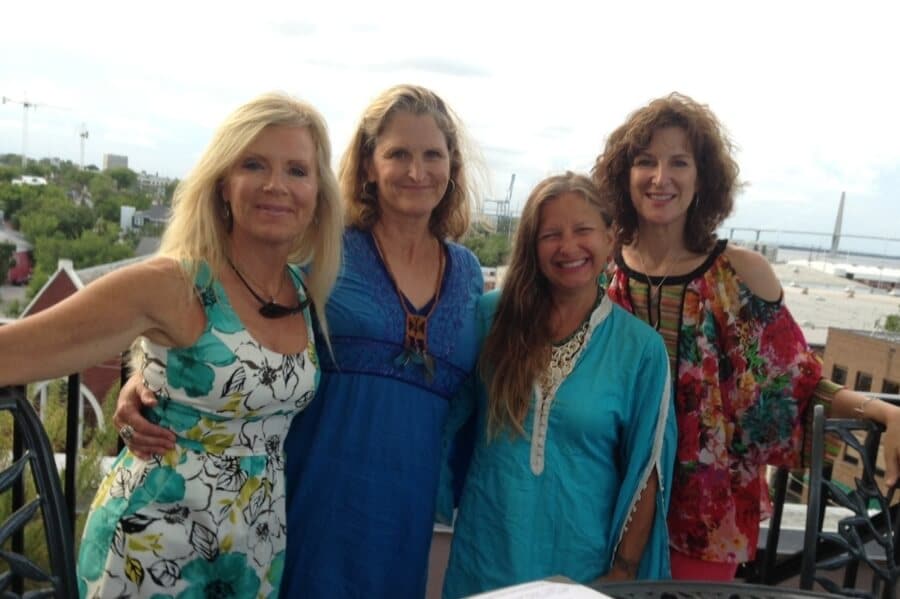
Because Charleston is a peninsula with views in most every direction, it’s no wonder that rooftop bars are the rage. One perfect perch is the Pavilion Bar at the Market Pavilion Hotel, next to City Market. It’s spacious, with a gleaming year-round pool, and offers a panorama of the harbor–including the elegant Arthur Ravenel Jr. Bridge that connects the peninsula to Mount Pleasant. Plexiglass around the perimeter and lava heaters keep it warm on evenings that pass for chilly in Charleston. Another longtime favorite is the Vendue, which offers views for miles—harbor or city skyline. Pick your pleasure.
The Pavilion Bar is spacious, with a gleaming year-round pool, and panoramic views of the harbor.
These two stalwarts above the skyline are joined by a host of others, including STARS, where you can sip on an El Matador cocktail while enjoying the hustle and bustle of King Street below, and the mid-century modern Citrus Club at the Dewberry Hotel, which bills itself as the highest rooftop bar in the city. The Uptown Social on King Street attrats a young-ish hipster crowd and regularly features live music.
5. Check out Museum Marvels
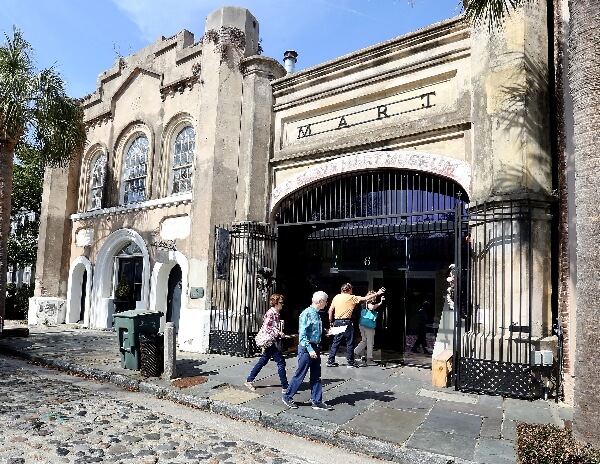
Charleston history is well worth digging into, but beware, much of what made the city prominent in the past is centered around the shameful slave trade. It’s important as a human, however, to face this rather than gloss over the dark side of the beauty that is Charleston today.
The Charleston Museum offers the widest range of history, starting with the Native Americans who once inhabited the peninsula and surrounding islands, collectively known as the South Carolina Lowcountry. Exhibits include artifacts from the period where Charleston was a walled city and rare slave badges, pottery made by African Americans and tools used in the cultivation of the area’s main crop—rice.
The Old Slave Mart Museum is where people were actually bought and sold, creating a chilling, poignant environment for the exhibits.
The International African American Museum (IAAM) and the Old Slave Mart Museum focus more comprehensively on the experience of the enslaved people. The IAAM tells the unvarnished stories of the African American experience across generations—the trauma and triumph that have produced a distinct and resilient culture.
The Old Slave Mart Museum is in a building, constructed in 1859, where people were actually bought and sold—reportedly the last surviving slave auction gallery in South Carolina—creating a chilling, poignant environment for the exhibits. Open sporadically since 1938, it is first museum in the country dedicated to the documentation of slavery and is often staffed by people who descended from slaves.
There is no museum for the Gullah culture—Gullah being the name given to the language spoken by the first Black inhabitants in the Lowcountry. But there is a special tour you can join that covers the places, history and stories that are relevant to the rich and varied contributions made by Black Charlestonians. Gullah Tours is owned and operated by Alphonso Brown, the author of A Gullah Guide to Charleston.
6. Get Your Fill at Some of the Best Restaurants in the United States

Some people come to Charleston just for the food—for good reason. This city of 122,000 is home to a concentration of high dining normally seen in cities five times the size. In other words, there is absolutely no excuse for ending up at a fried-filet-and-hushpuppy joint.
You can’t talk about Charleston food without talking about Husk, the granddaddy of Southern cuisine. The façade looks like something out of a Charleston storybook, Conde Nast Traveler noted, adding: “Even today, years after its cult reservation status, many diners approach its front porch with the idea of Charleston with a capital “C” foremost in their minds.”
Who names a restaurant The Ordinary? Maybe someone who wants reviewers to use the phrase, “It’s anything but.” Because that’s all that can be said about the experience inside a 1927 bank building that the owners of F.I.G.—another standout kitchen in town—have transformed into the city’s most vibrant new restaurant, in spite of the misleading moniker. The high-ceilinged interior with arched windows feels like a temple to seafood and Southern-ness. In front of the old bank vault is the raw bar, piled high with a variety of clams, oysters, crab—each with a hand-lettered sign announcing its provenance. From the regular menu, the pickled shrimp is a masterpiece—a satisfying blend of colors, textures and taste. As a main dish, the swordfish schnitzel is….uh, extraordinary.
Many diners approach Husk’s front porch with the idea of Charleston with a capital “C” foremost in their minds.
On our NextTribe tour of Charleston, we often stop at The Grocery for a meal, and it’s always a hit. The interior is warm and inviting, and the open kitchen and the lively bar give the sense that you’re in the middle of the Charleston action. “The menu suggests a humble, considerate approach, as the dishes represent local flavors: the wood-roasted carrots come with feta, raisins, and pistachio crumble, while the wood-roasted whole fish is delivered with salsa verde,” says Fodor’s.
Even though I don’t eat red meat, I have a special affinity for Hall’s Chop House. Not for dinner, though, but for Sunday midday meal. Here two Sunday rituals come together: brunch and worship. Near the piano at the front door, a singer croons Amazing Grace and other gospel standards. Upstairs, the hungry sit on soft leather banquettes and dig into crabcake benedict, shrimp and grits and the like. Several Hall family members circulate to schmooze and make you feel you’re the most important person they’ll meet that day.

The highly rated restaurant Circa 1886 is owned by a friend, a woman of NextTribe age, which is one reason we like to start our Charleston tour in this stately building that used to be the carriage house for the Wentworth Mansion, one of the top hotels in the country. The best reason, however, for eating here is that the food and setting are divine. We usually opt for a tasting menu, which is a five-course extravaganza. A few examples of what’s awaiting you: grouper with chipotle lime buerre blanc; roasted garlic and artichoke brulee; peanut butter and banana gateaux.
Whenever I’m in Charleston, I always crave a good serving of soul food. A few of my regular spots have closed, which makes me especially happy for the staying power of Bertha’s Kitchen, owned and operated by the daughters of founder Albertha Grant. This is a laid-back place that doles out decadently delicious friend chicken, fried pork chops, red rice, mac and cheese and okra stew. “What began as a home-cooked operation on one stove in a motel became a neighborhood restaurant fueled by unconditional love (and plenty of fry oil), winning the James Beard Award for America’s Classic in 2017,” writes Bon Appetit in its review of Bertha’s Kitchen.
NextTribe Charleston trips always include an author’s lunch in the home of a NextTriber on Sullivan’s Island. We’ve hosted several impressive women, including—in 2023—Carrie Moray, the author of two cookbooks, the star of a PBS show called How She Rolls, and the owner of Callie’s Hot Little Biscuits, which you can find in City Market and Upper King. These grab-and-go spots feature the fluffiest biscuits you’ll find anywhere, pimento cheese sandwiches and locally inspired breakfast and lunch treats.
7. Get Closer to Your Food With Cooking Classes and Tours
As Charleston’s culinary reputation has grown, so have the number of ways you can play with food. Charleston Culinary Tours is one of many companies to explore the tastiness of the Lowcountry. Each tour highlights a unique aspect of the dynamic food and beverage scene, combining elements of a historical tour with a culinary adventure. Most tours offer tastings at various restaurants, a quick way to get an overview of the delicious domain.
In the past, NextTribe travelers have learned to make fluffy Southern biscuits with a pro and, separately, Gullah cuisine.
If you want to a more intimate, hands-on experience, you will find a number of cooking classes that will have you in the kitchen for on-the-job training and feasting fun. In the past, NextTribe travelers have learned to make fluffy Southern biscuits with a pro and, separately, Gullah cuisine. Chef Bob Waggoner’s classes have been popular for year for the dinner party atmosphere he creates. Wine included.
8. Check out Historic Houses

Luckily for travelers who visit at a time other than the Charleston House and Garden Tour, you can still get into homes that display the very best of the city’s architectural styles. At least five historic homes are open to the public. It’s a smorgasbord of exquisite structures.
The Aiken-Rhett House, built in 1820 by merchant John Robinson, is nationally significant as one of the best-preserved townhouse complexes in the country. With its surviving furnishings, it offers a portrait of urban life in antebellum Charleston.
Built in 1772, the Georgian-style Heyward-Washington House was the in-town home of Thomas Heyward, one of four South Carolina signers of the Declaration of Independence. George Washington stayed here during a week-long stay in 1781. The property is the only place in town to see a separate kitchen building from this era, the grounds feature flowers and plants that filled gardens in the late 18th Century.
These five historic homes make up a smorgasbord of exquisite structures.
The Nathaniel Russell House offers a glimpse into the lives of successful traders who flourished in the late Colonial and early Federal period, the artisans and craftspeople they hired to build and adorn their opulent homes, and the enslaved men and women whose forced labor made possible their lavish lifestyles.
The Edmondston-Alston House is situated on the High Battery, one of the most desirable settings in the city. Commanding a magnificent view of Charleston Harbor, the house, which was originally built in the Federal style and later updated to Greek Revival, has witnessed many historic moments in the port city’s history.
One of the city’s most refined antebellum structures is the Joseph Manigault House, built in 1803. The main facade of this three-story brick structure is a two-story porch across the center three bays, with elaborate doorways on both floors featuring slender pilasters and sidelight windows.
9. Stroll on the Most Beautiful Streets in Charleston

As you stroll this exceptionally walkable city, make sure to find your way to these wonderful thoroughfares.
On Broad Street you’ll find a slew of art galleries and what’s known as the Four Corners of Law at the intersection with Meeting Street. On one corner is St. Michael’s Church, representing the law of God; on another is City Hall for city government and across the street is the Charleston County Courthouse (county rule). On the fourth corner is the U.S. Post Office and the Federal Courhouse.
My own favorite, the brick-paved Stolls Alley, is only one block long and only five feet wide in places, but perfectly delightful with its brick walls, arched doorways and blooming vines.
Queen Street is lined with elegant homes, many of which are now shops or restauraunts, including Husk, known for its substantial influence on Southern cooking. Photographers and Instagramers love East Bay Street because of Rainbow Row, a collection of colorful houses that have been around since about the mid-1700s and were restored after the Civil War.
Paved with cobblestone and naturally-rounded Belgian block, Tradd Street, which cuts across the city from east to west, is where you’ll find many “single houses,” which are the width of one room. Another charming feature are the copper carriage lanterns that still hang along the route.
Legare Street is famous for the ornate details on the grand iron gates that belong to residences on either side. Two alleys are worth seeking out: Philadelphia Alley, a narrow, shady pathway that may have been the scene of duels in early times, and my own favorite, the brick-paved Stolls Alley, only one block long and only five feet wide in places, but perfectly delightful with its brick walls, arched doorways and blooming vines.
10. Shop the Best Stores on King Street

NextTribe’s Fashion Editor, Kimberly Cihlar, is a Charleston native, and she was nice enough to develop a shopping tour of King Street for us. For several years, we’ve been visiting these shops, many of them owned by women.
At Berlins for Women, Ellen Berlin continues the family tradition as the 4th generation to own and operate the store since 1883. Designers such as Rachel Zoe, Badgley Mischka, and Nicole Miller are some of the few brands you’ll shop while at Berlin’s for Women.
Spartina 449 always treats NextTribers well when we visit, greeting us with champagne, nibbles and discounts.
Before founding IBU Movement in 2013, Susan Hull Walker studied world religions at Harvard Divinity School and served for eighteen years as a minister. After returning to school to study fiber arts, she learned to weave and began to work with women’s cooperatives around the world to preserve their skills and stories in cloth. The store showcases jewelery, clothing, accessories from across the globe.
Christian Michi is an upscale boutique in the heart of Charleston, specializing in women’s apparel and home decor. Unique inventory, unrivaled atmosphere, and attentive staff make Christian Michi a destination of its own. Another favorite is the Finicky Filly, owned by Jennifer and Kilby Bronstein, a mother-daughter team who are devoted to bringing spectacular fashion to Charleston.
The designs at Spartina 449 perfectly reflect the Lowcountry spirit. The color palette ranges from seafoam green to that exquisite pink-orange seen reflected on the sand at sunset. The style is loose and casual—made for beach weather or beach attitude. The store always treats NextTribers well when we visit, greeting us with champagne, nibbles and discounts.
11. Visit Magnolia Cemetery
Technically, Magnolia Cemetery is just outside the Historic District, but in “The Holy City,” as Charleston is often called because of its 400 churches in Charleston, this is the most interesting sacred place. You can feel history with every step through the cemetery, which dates back to the 1850s and is strewn across 92 acres on the Cooper River in between magnolia trees and serene ponds. Here the headstones may be shaped like pyramids or adorned with angels, and mausoleums are architectural wonders with columns and florid accents.
One pond has a fetching white footbridge across it, and all apparently have a hidden danger.
One pond has a fetching white footbridge across it, and all apparently have a hidden danger. “S.C. Law Prohibits Feeding Alligators,” a sign says at the entrance. The cemetery is most famous for its many Civil War burial sites—including those belonging to three separate crews of the Confederate Hunley, the first submarine to sink an enemy ship–back in 1864 in Charleston Harbor. (You can see the Hunley itself, discovered 18 years ago, on weekends in North Charleston; 1250 Supply Street; hunley.org.)
Where to Stay in the Charleston Historic District
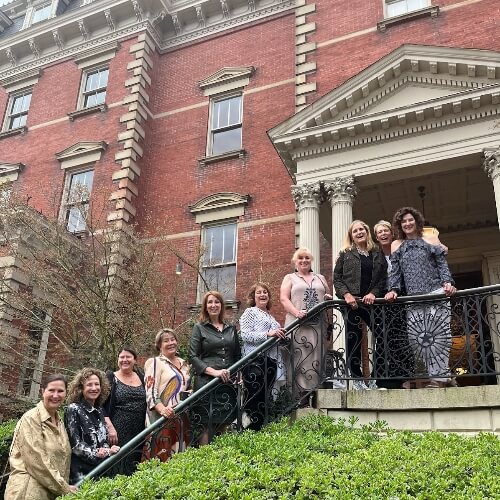
You can’t do better than the Wentworth Mansion, which Conde Nast Traveler describes as an “unapologetically grand tribute to Second Empire architecture.” The former home of Francis Silas Rogers, built in 1885, has made the list of the 100 Best Hotels in the World, and here’s why. “Hotel guests are the modern-day beneficiaries of his spare-no-expense taste: 14-foot ceilings, Tiffany windows, hand-carved moulding, huge marble fireplaces, gargantuan pocket doors, crystal chandeliers, and a rooftop cupola with sweeping views out over the city,” Conde Nast Traveler states in its review. When NextTribe is in Charleston, we always are given a private tour by the owner, a sorority sister of mine.
When NextTribe is in Charleston, we always are given a private tour by the owner, a sorority sister of mine.
During our Charleston visit, the NextTribe gang stays at the Wentworth Mansion’s sister hotel, the Kings Courtyard Inn, a few blocks away on King Street. We adore the hotel’s history (built in 1853) and charm, and we’re not the only ones. “Few hotels in the Holy City have both historic bones and fresh, modern furnishings—especially at this inn’s more affordable price point,” says Fodor’s. “Its leafy courtyards are the perfect setting for morning coffee or a glass of wine, and its lower-King location makes for easy walking.”
Other stand out hotels in the district include 20 South Battery, Planters Inn, Elliott House Inn, 86 Cannon and John Rutledge House Inn.
Read More:

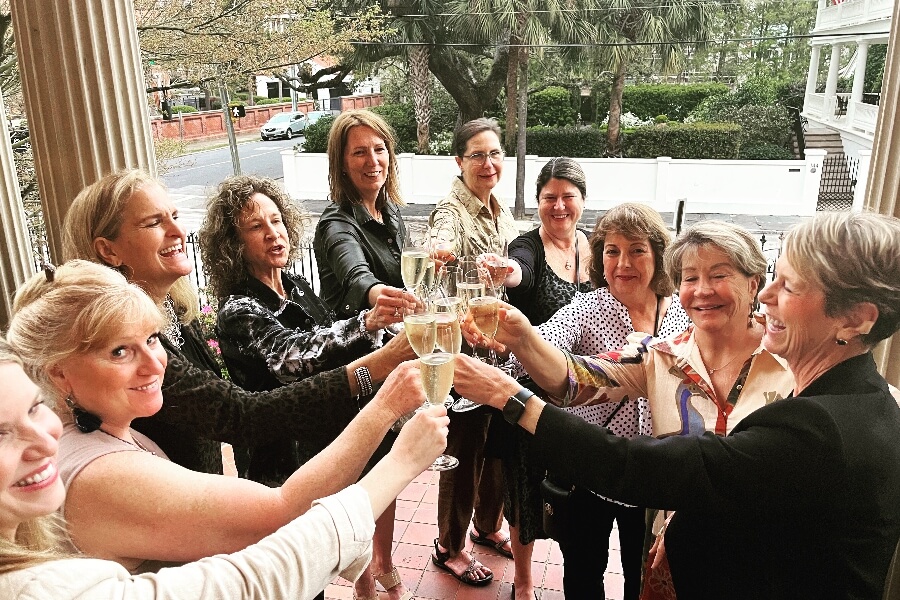

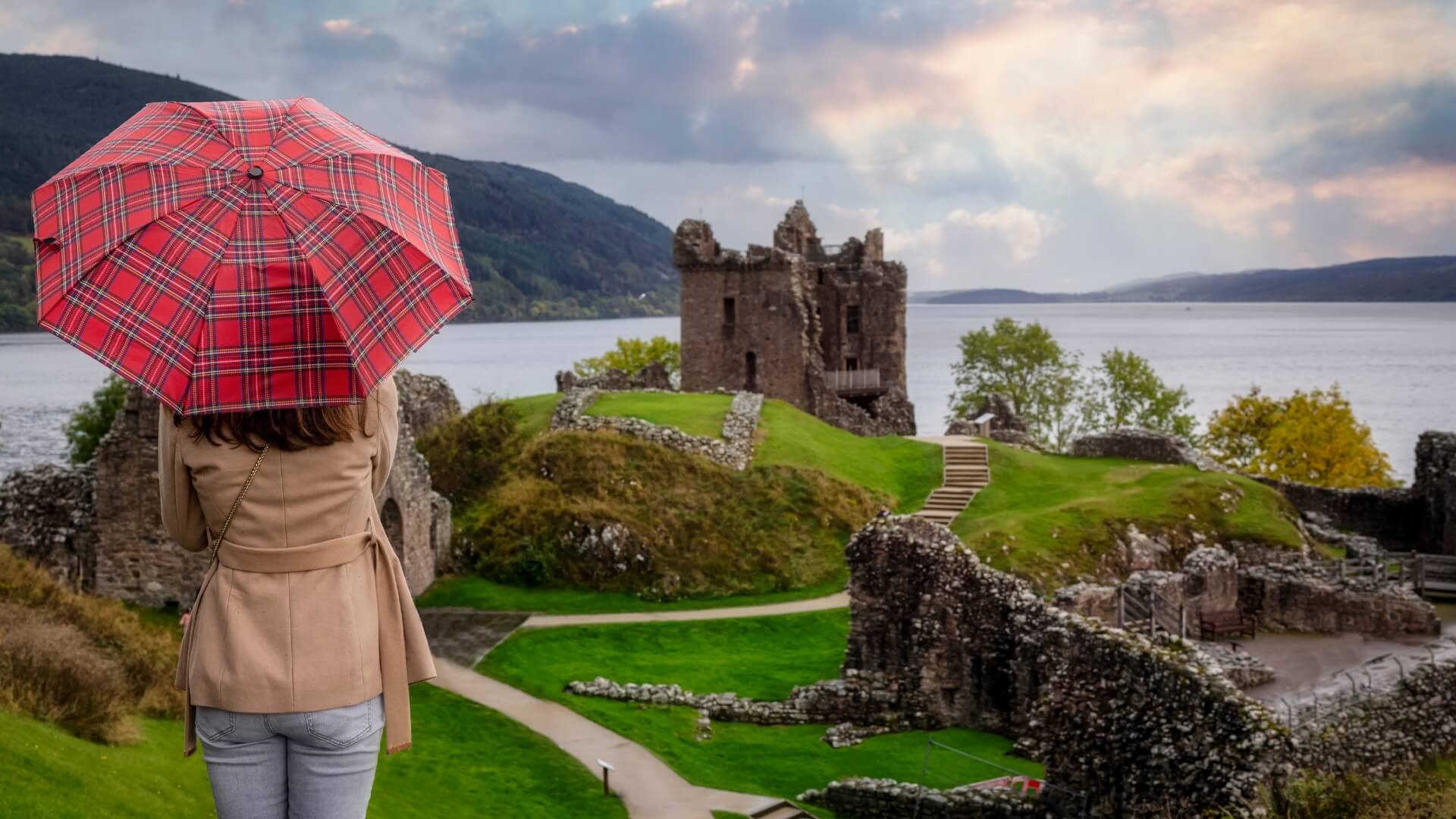
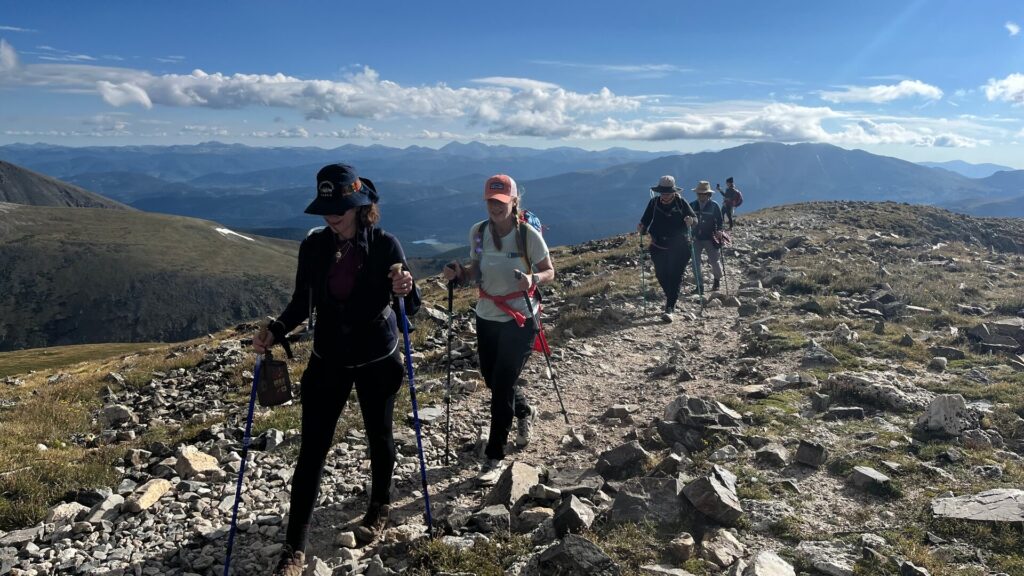


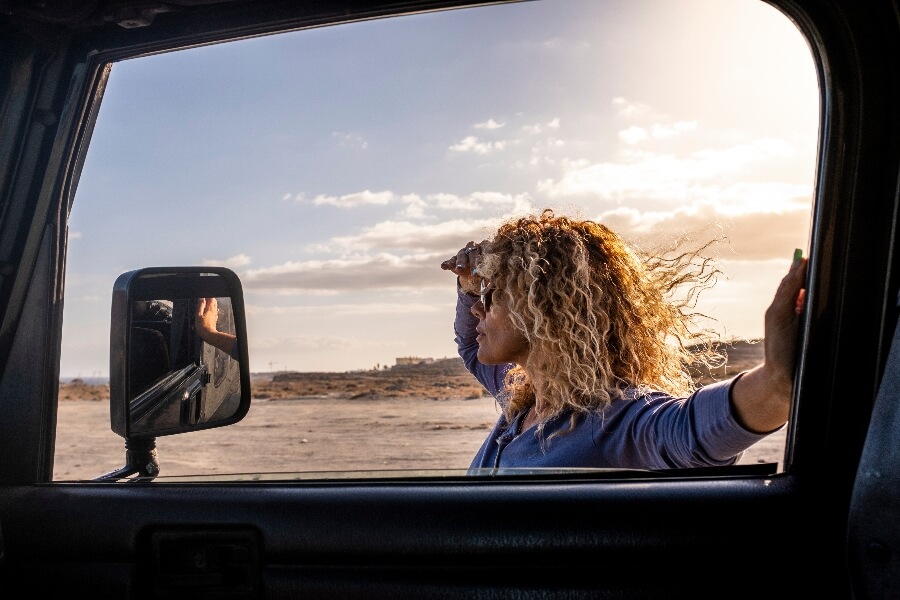
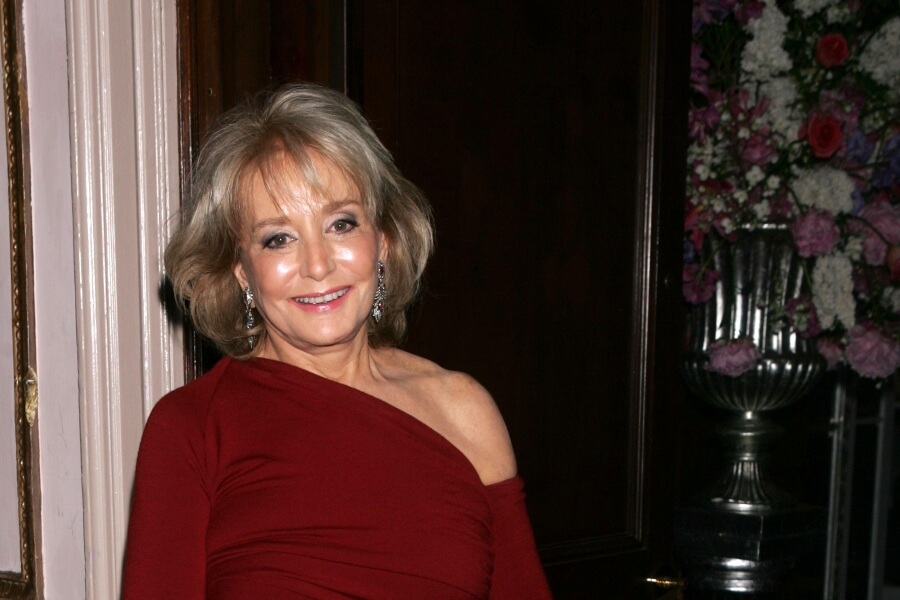
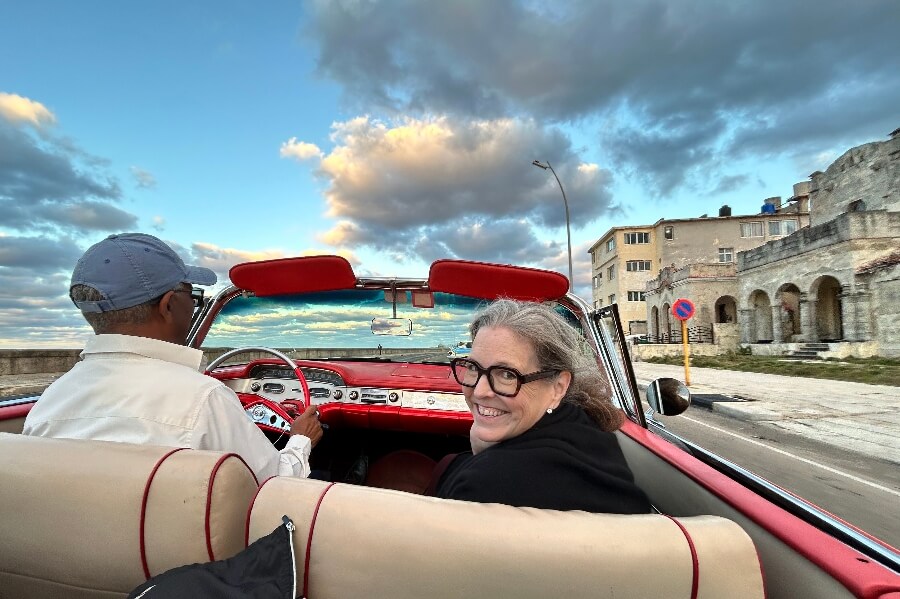
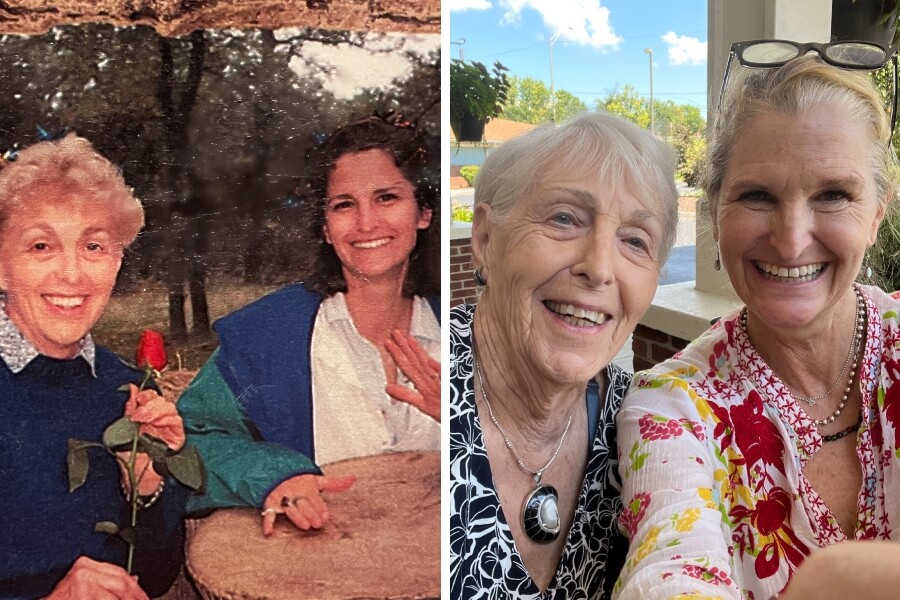
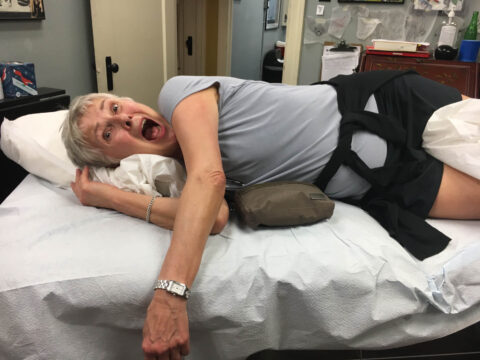
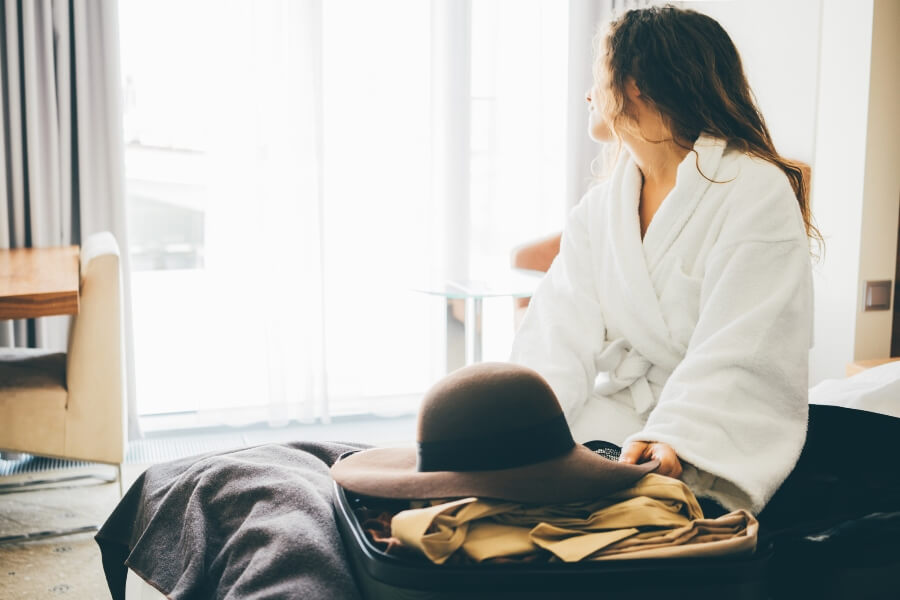
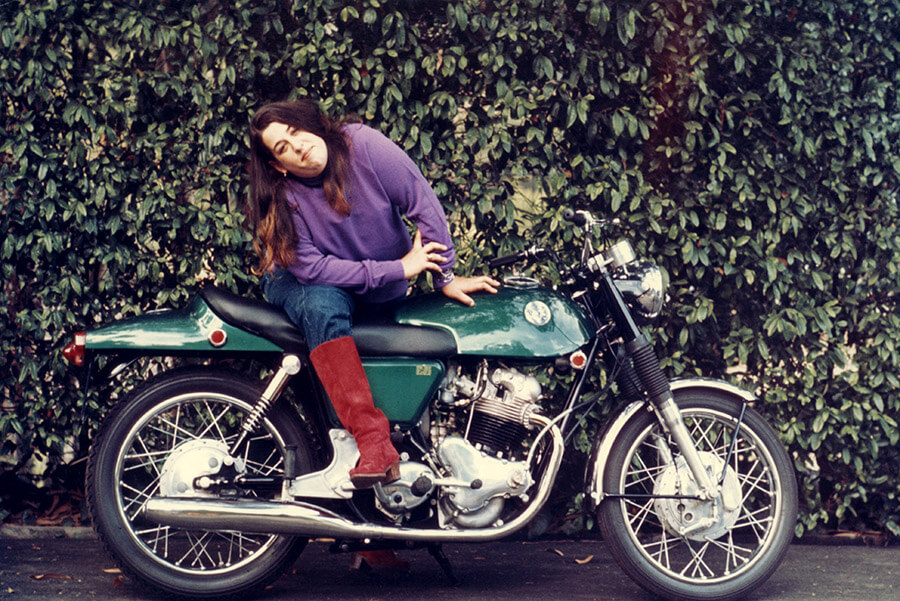
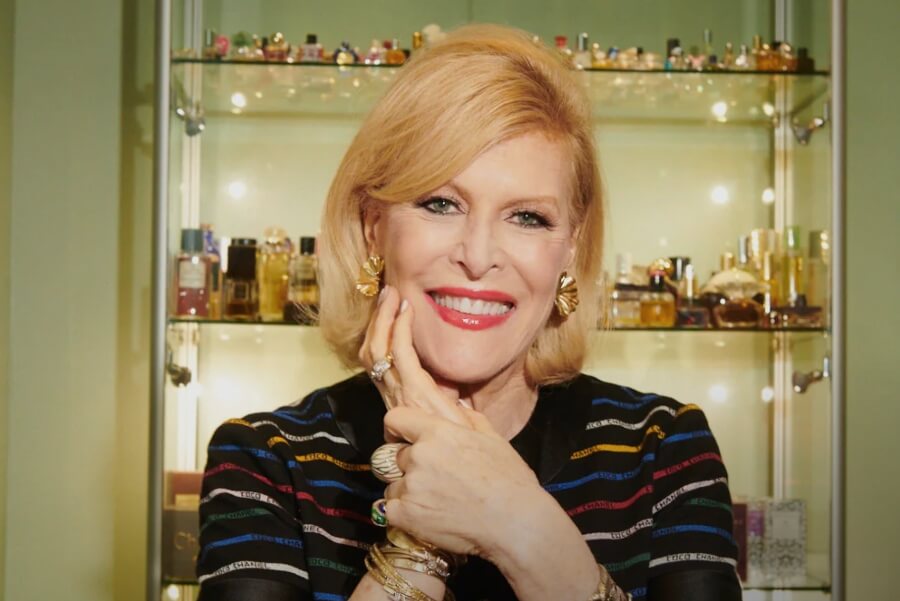
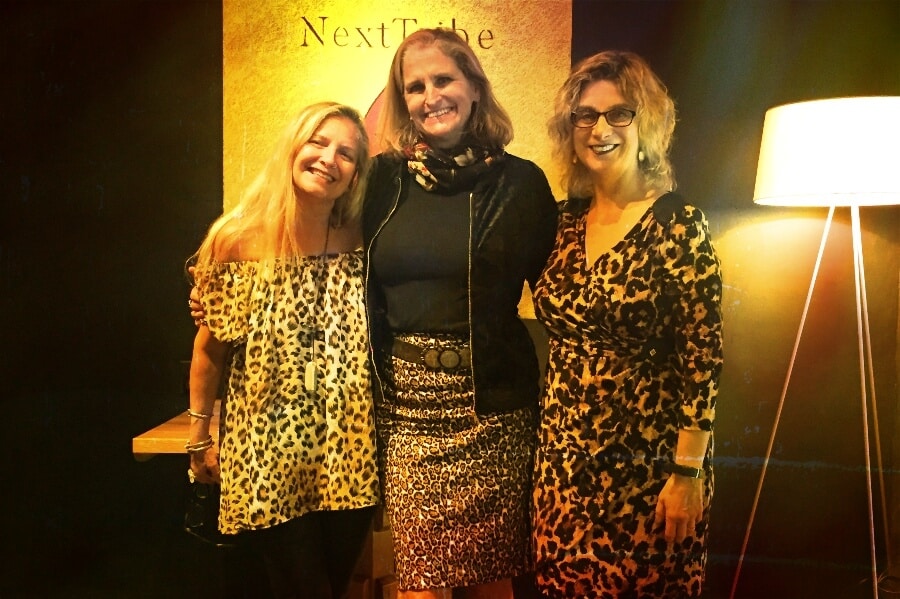

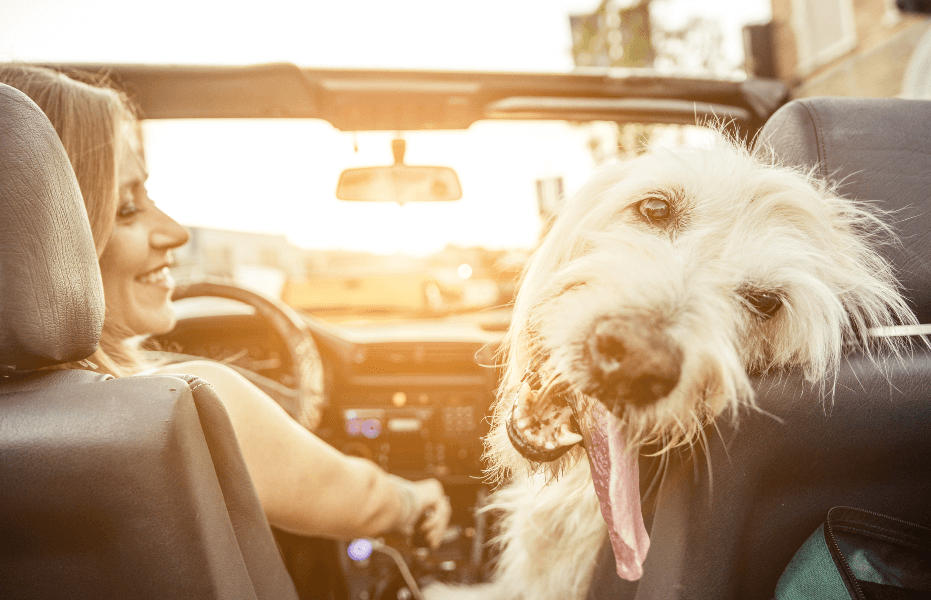



0 Comments